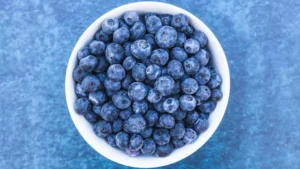Protein is essential for fitness enthusiasts, as it helps to build and repair muscle tissue, support recovery, and boost metabolism. Seafood is a great source of protein, and it also offers a variety of other health benefits, such as omega-3 fatty acids, vitamins, and minerals.
Related: Benefits of Omega 3
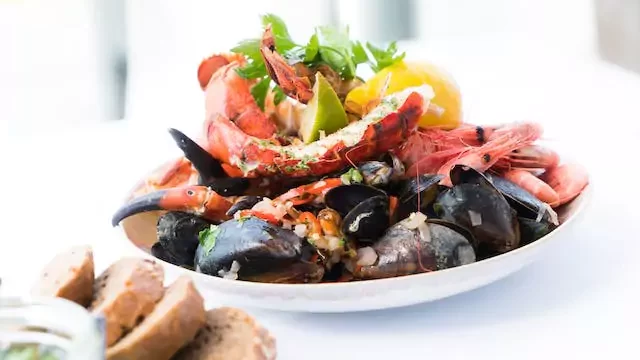
10 High Protein Seafood Options
Tuna
- Protein Percentage: Approximately 30-40%
- Oil Content: Low in saturated fat
- Cholesterol: Moderate
- Benefits: Tuna is an excellent source of lean protein and contains heart-healthy omega-3 fatty acids. It’s a great choice for muscle recovery and overall health.
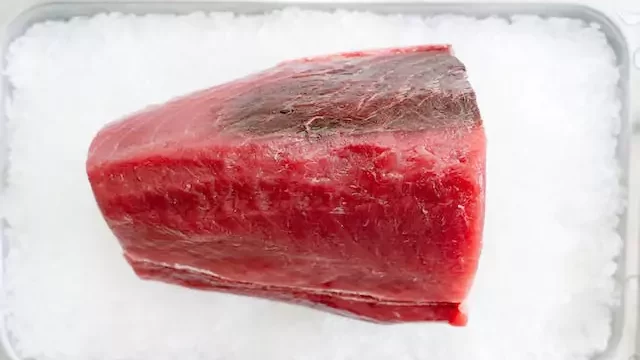
Salmon
- Protein Percentage: Around 25-30%
- Oil Content: Rich in omega-3 fatty acids
- Cholesterol: Low

Benefits: Salmon’s high protein content, coupled with its omega-3s, supports muscle growth and cardiovascular health.
Cod
- Protein Percentage: Approximately 20-25%
- Oil Content: Low
- Cholesterol: Low

Benefits: Cod is low in fat and calories, making it a great option for weight management while still delivering a healthy dose of protein.
Swordfish
- Protein Percentage: About 20-25%
- Oil Content: Moderate
- Cholesterol: Moderate

Benefits: Swordfish provides a substantial protein source and is rich in vitamins and minerals, promoting overall health.
Halibut
- Protein Percentage: Around 20-25%
- Oil Content: Low
- Cholesterol: Low

Benefits: Halibut is another lean option that’s high in protein and low in fat, aiding in muscle development and overall fitness.
Shrimp
- Protein Percentage: Approximately 20%
- Oil Content: Low
- Cholesterol: Low
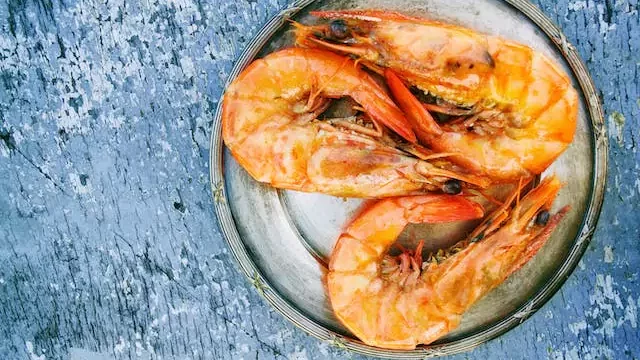
Benefits: Shrimp is a protein-packed, low-calorie choice that also offers vitamins and minerals to support your fitness journey.
Mackerel
- Protein Percentage: About 15-20%
- Oil Content: High in omega-3s
- Cholesterol: Moderate
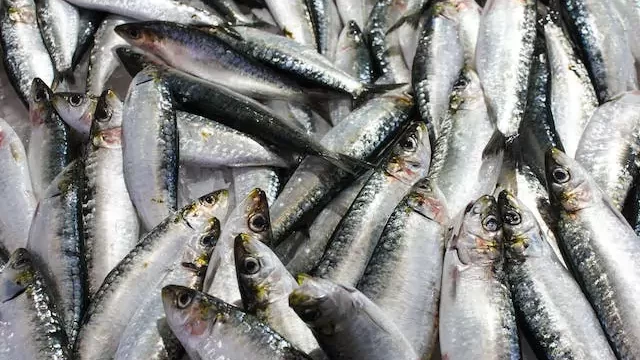
Benefits: Mackerel’s protein content, combined with its omega-3 fatty acids, is a powerful combination for fitness enthusiasts.
Sardines
- Protein Percentage: Approximately 15%
- Oil Content: Rich in omega-3s
- Cholesterol: Low
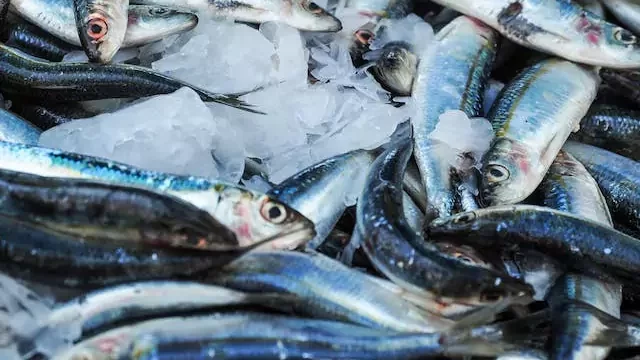
Benefits: Sardines are a protein-rich, heart-healthy option, making them ideal for a well-rounded diet.
Anchovies
- Protein Percentage: About 15%
- Oil Content: Rich in omega-3s
- Cholesterol: Low

Benefits: Anchovies are small but mighty, providing a good source of protein and omega-3s for muscle repair and overall health.
Trout
- Protein Percentage: Around 15%
- Oil Content: Moderate
- Cholesterol: Low

Benefits: Trout is a lean fish rich in protein and low in cholesterol, making it a versatile choice for fitness enthusiasts.
Each of these seafood options is packed with protein, and they can be easily incorporated into a healthy diet. Whether you’re grilling, baking, or steaming seafood, there are endless ways to prepare delicious and nutritious meals.
Benefits of High Protein Seafood for Fitness
- Builds and repairs muscle tissue: Protein is essential for muscle growth and repair, and seafood is a great source of high-quality protein. When you eat seafood after a workout, your body will use the protein to repair and rebuild muscle fibers, which will help you to get stronger and fitter.
- Supports recovery: Protein helps to reduce muscle soreness and inflammation after a workout. This can help you to recover more quickly and get back to training sooner.
- Boosts metabolism: Protein can help to boost your metabolism, which can help you to burn more calories and lose weight.
- Improves heart health: Seafood is a good source of omega-3 fatty acids, which are beneficial for heart health. Omega-3 fatty acids can help to lower cholesterol levels, reduce inflammation, and improve blood pressure.
How to Incorporate High Protein Seafood into Your Diet
There are many ways to incorporate high-protein seafood into your diet. Here are a few ideas:
- Add seafood to your breakfast: For a protein-packed breakfast, try adding tuna or salmon to your eggs, oatmeal, or yogurt.
- Make seafood salads: Seafood salads are a great way to get your daily dose of protein and omega-3 fatty acids. Try combining canned tuna or salmon with mixed greens, vegetables, and a light dressing.
- Grill or bake seafood: Grilled or baked seafood is a healthy and delicious way to enjoy seafood. Try grilling or baking salmon, cod, or shrimp for a quick and easy meal.
- Add seafood to pasta dishes: Seafood is a great addition to pasta dishes. Try adding shrimp, crab, or scallops to your favorite pasta recipe.
- Make seafood soups and stews: Seafood soups and stews are a hearty and nutritious way to enjoy seafood. Try making a tuna noodle soup, salmon chowder, or clam chowder.
Related: Top 5 High-Protein Meats
FAQs
How much seafood should I eat each week?
The American Heart Association recommends eating two servings of seafood each week, with at least one serving being a fatty fish, such as salmon, tuna, or mackerel.
What are the best ways to cook seafood?
The healthiest ways to cook seafood are grilling, baking, and steaming. These methods preserve the nutrients in seafood and reduce the amount of unhealthy fats consumed.
What are some of the best high-protein seafood options for people on a budget?
Canned tuna and salmon are two of the most affordable and accessible high-protein seafood options. Other budget-friendly options include shrimp, cod, and



